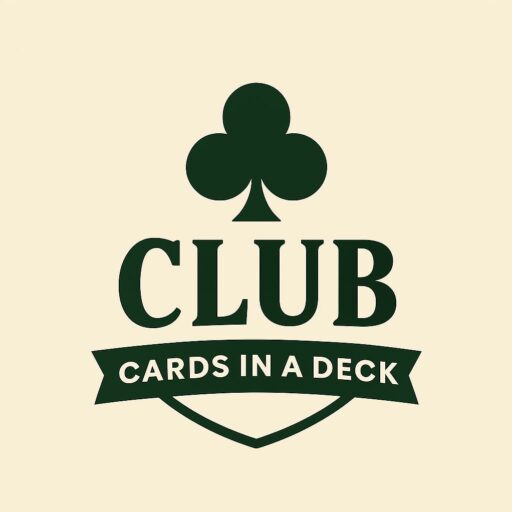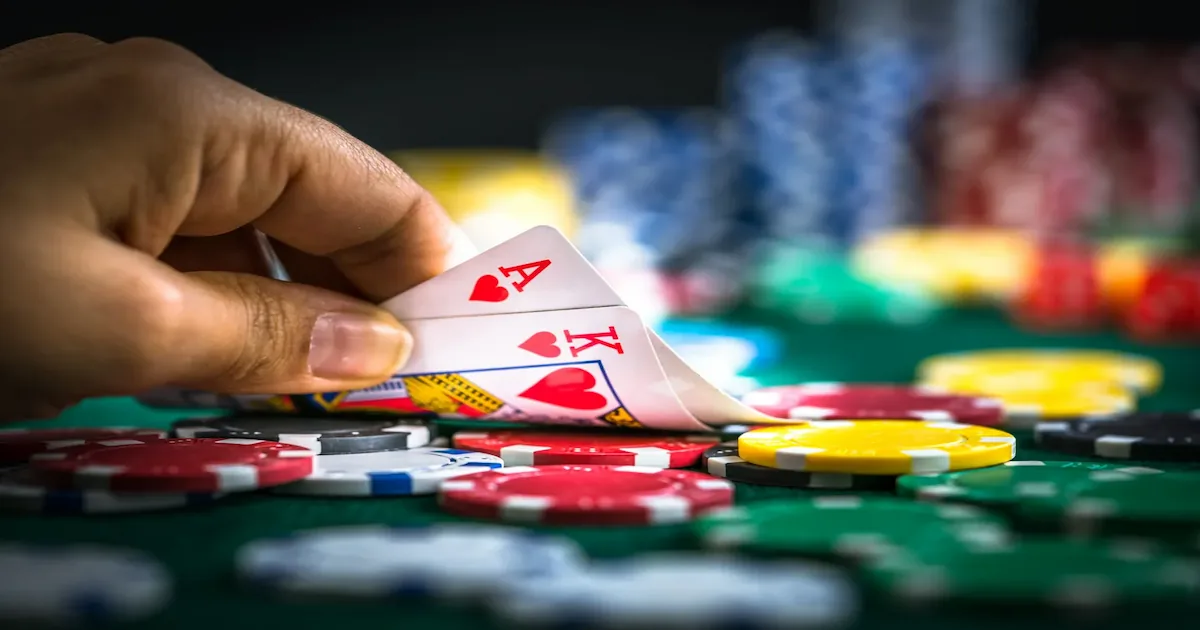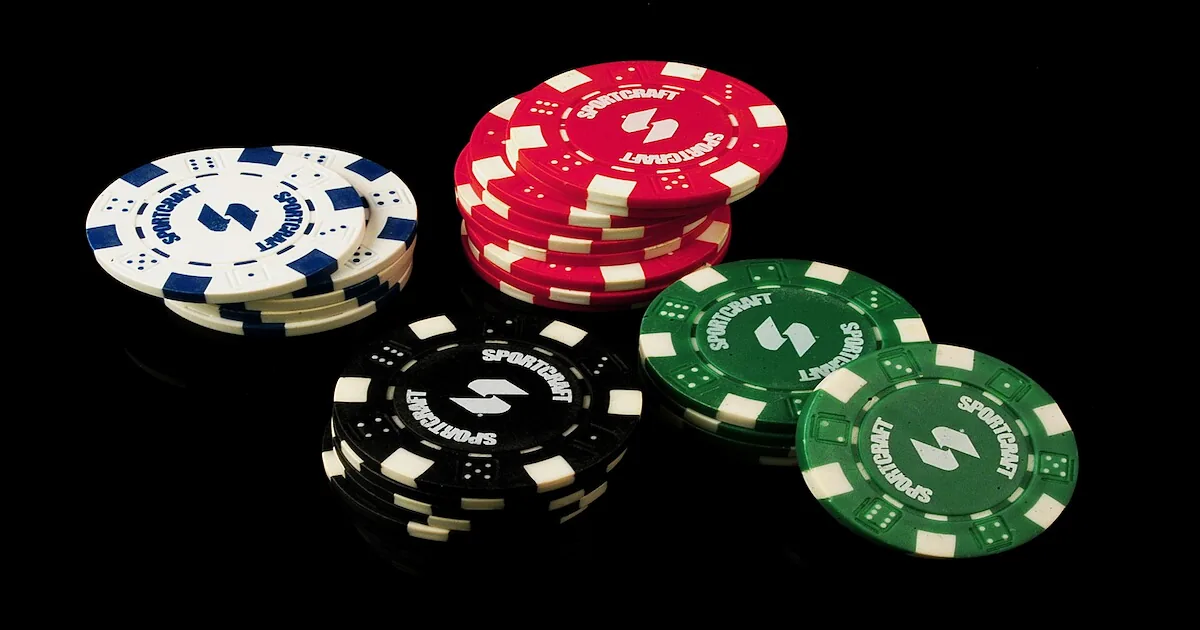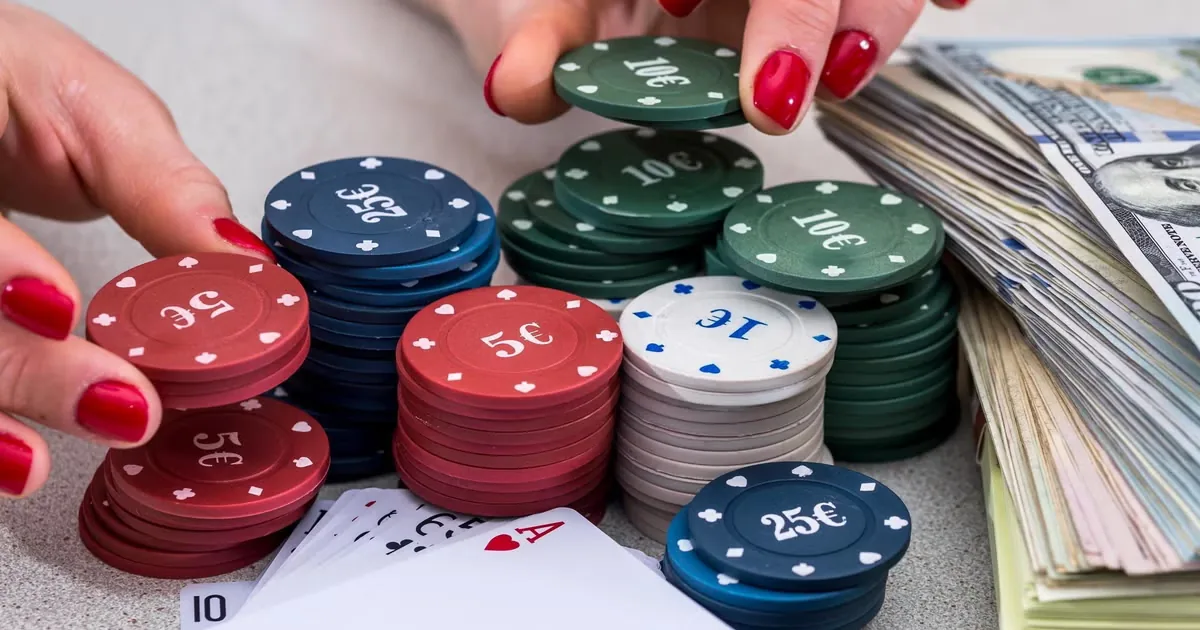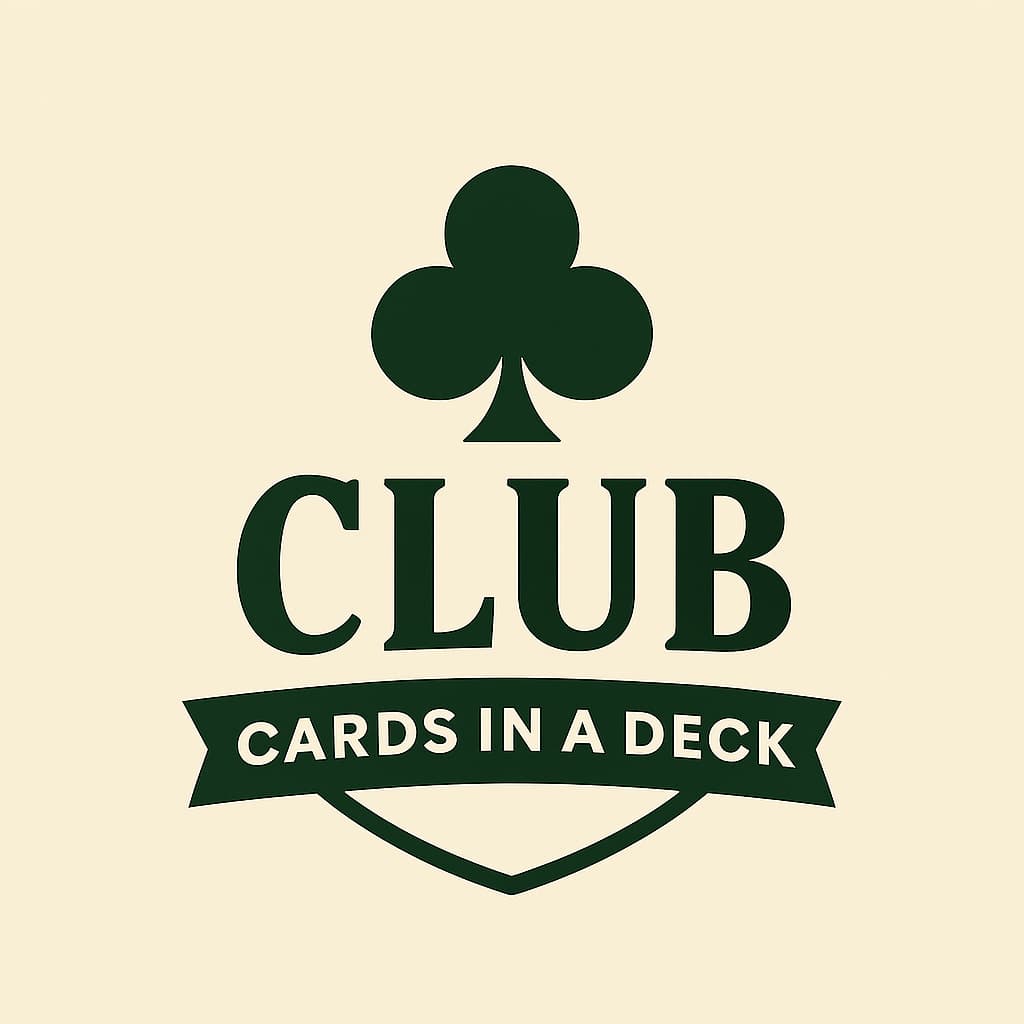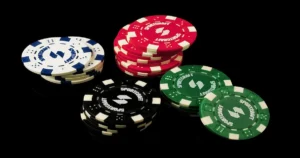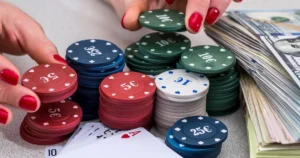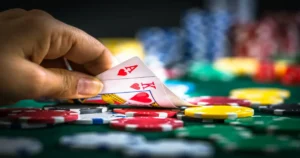The suit of Clubs in playing cards is one of the four traditional card suits found in a standard 52-card deck, along with Spades, Hearts, and Diamonds. The Club is represented by a black three-leaf clover-like symbol and has a long history rooted in European playing card traditions. But beyond its symbolic appearance, what exactly does the “Club” mean in playing cards, and how does it function in modern gameplay?
The word “club” originated from the French term “trèfle,” which translates to “clover,” symbolizing vitality, growth, and action. When the French playing cards evolved from earlier Latin-suited cards, the baton or cudgel from older decks was simplified into this clover design. This transformation gave birth to the Club suit that is now used worldwide. In card symbolism, Clubs are often associated with work, effort, and determination—concepts still relevant in many traditional interpretations of the suits.
Today, the Club suit is seen in nearly every deck of cards used globally, from casual home games to competitive casino tables. It plays an essential role in games like Poker, Bridge, and Blackjack. Though suits are equal in ranking in many games like Texas Hold’em, some traditional games assign unique roles to Clubs. In Spades, for instance, Clubs may be lower in suit hierarchy. In contrast, games like Euchre or Bridge can feature Clubs as a trump suit, giving them added power and strategic importance.
For players in regions like India, the Club is commonly known in Hindi as “Chidi”, a term often used during Diwali card nights and local games such as Teen Patti. Cultural interpretations of Club cards vary, but the strong black suit often holds psychological significance for players who associate it with bold moves or lucky streaks. For a deeper dive into suit symbolism, the Bicycle Playing Cards blog offers insightful historical context.
Ultimately, the Club is much more than a simple black symbol—it represents centuries of card-playing tradition and an essential part of the modern 52-card deck’s strategic framework. Understanding its meaning not only enhances your card knowledge but also adds depth to your gameplay strategy.
How Many Club Cards Are in a 52-Card Deck?
In a standard deck of 52 playing cards, there are exactly 13 Club cards. These include one card from each rank: Ace, 2 through 10, and the three face cards—Jack, Queen, and King. This makes the Club suit identical in structure to Hearts, Diamonds, and Spades, each comprising one-quarter of the deck. Knowing how many Club cards are in a deck may seem basic, but it’s critical for players who want to understand suit distribution, odds, and probabilities in various games.
For example, in games like Poker, calculating the odds of getting a flush requires knowing how many cards are in a suit. Since there are 13 Clubs, the odds of being dealt five Club cards in a seven-card hand can be computed using suit-based probability. The chance of getting a flush is about 0.197%, but having knowledge of suit distributions can help players understand how rare or common certain hands are. You can explore more on PokerNews’s guide to hand rankings for further clarification.
In Blackjack, while the suit of the card is irrelevant to hand value, card counters may pay attention to suit appearance over time. In some Rummy variations, suits play a role in sequencing cards into runs and sets. For these games, understanding how many Club cards are available can influence how a player approaches drawing or discarding cards.
Also worth noting is the psychological component—some players prefer playing with Club-heavy hands, associating the suit with luck or confidence. Since Clubs are easily distinguishable from the red suits, players tend to pay more attention to their visual and numerical appearance during fast-paced play.
Understanding the numerical presence of Club cards in the deck gives players better control over how they evaluate hands, bluff effectively, and calculate chances in both casual and competitive card games.
The Role of Clubs in Standard Playing Card Games
Clubs have a unique and evolving role across a variety of popular playing card games. Depending on the game, Clubs can either carry significant strategic weight or function purely as a visual identifier. In Poker games like Texas Hold’em and Omaha, suits are ranked equally, meaning a flush made of Clubs is no more powerful than one made of Spades or Diamonds. Still, when a Club-based flush appears on the table, it’s often viewed with psychological weight due to its bold appearance.
In trick-taking games such as Spades, Bridge, or Hearts, Clubs can be designated as the trump suit or ranked according to game-specific rules. In Euchre, for instance, if Clubs are selected as trump, then the Jack of Clubs becomes one of the most powerful cards in the game—known as the “right bower.” This temporarily elevates the value of the Club suit beyond standard face card ranking, making strategic planning essential when Clubs are in play.
Even in solitaire-style games, Clubs can influence gameplay pacing. Players may prefer to build or sort their stacks by alternating suit colors, and the black Club suit helps visually differentiate moves. In Rummy, where cards must be arranged into sequences or sets, Clubs are often used to complete runs of the same suit. The King-Queen-Jack of Clubs, for example, is a common high-value sequence.
In Indian games like Teen Patti and Andar Bahar, Club cards appear frequently but don’t typically hold suit-based power. However, players often associate Clubs with either fortune or caution based on local beliefs or past experiences. Some households even assign unique superstitions to the appearance of Clubs, adding a layer of unpredictability and culture-driven strategy to the game.
Another example of Clubs playing a prominent role can be seen in promotional casino decks and branding. Many casinos use Club designs in their logos or on customized cards because of the suit’s sharp, symmetrical design that represents boldness and action. These visual choices further entrench the Club’s image as a “power” suit in the minds of players, even if the rules don’t officially support that interpretation.
Whether used as part of a winning hand in Poker, a trump suit in Bridge, or simply as a visually iconic element in casino design, Clubs hold a firm place in the card-playing world. Their significance extends beyond numbers—they’re a symbol of action, risk, and mastery in games both online and offline.
